Retro Replay Review
Gameplay
The House of the Dead: Overkill stays true to the series’ roots with classic on-rails shooting action, but its integration with the Wii Remote elevates the experience. Players point the Remote at the screen to aim, press the B button to fire, and simply wiggle the controller to reload. This intuitive control scheme makes every zombie encounter feel tactile and immediate, whether you’re mowing down hordes or targeting weak spots on hulking bosses.
(HEY YOU!! We hope you enjoy! We try not to run ads. So basically, this is a very expensive hobby running this site. Please consider joining us for updates, forums, and more. Network w/ us to make some cash or friends while retro gaming, and you can win some free retro games for posting. Okay, carry on 👍)
Overkill introduces a layered weapon system that encourages strategic play. Two main buttons on the Nunchuk allow you to switch between your primary firearms and secondary weapons, like shotguns or machine pistols. You can also throw grenades or deploy special attacks using additional button combinations, giving you tools to manage crowds or deal with unexpected mutant threats. Earning currency through precision shots and high combos lets you unlock and upgrade a variety of guns, adding depth to the core rail-shooting loop.
Story Mode spans nine levels of escalating tension, from the outlying swamp trails into the heart of Bayou City’s chaos. For seasoned players seeking a fresh challenge, Director’s Cut Mode reconfigures and extends these stages with new enemy placements and narrative twists. Meanwhile, Mini-Games offer a multiplayer party vibe, turning quick-draw and shooting-gallery challenges into competitive showdowns. Whether you’re playing solo or co-op with a friend, the variety of modes keeps the gameplay loop engaging across multiple sessions.
One of Overkill’s standout features is the two-player simultaneous support. Rather than swapping the Wii Remote back and forth, both players can tread the path together, coordinating grenade tosses or covering each other’s backs when mutants surge from unexpected angles. The novelty of carrying two distinct weapons at once adds a cooperative layer—one player can bring a high-powered shotgun while the other holds a rapid-fire pistol, making teamwork both strategic and chaotic in equal measure.
Graphics
Overkill embraces a stylized “grindhouse” aesthetic that deliberately mimics the grainy, scratched look of vintage exploitation films. The entire presentation is overlaid with film reel effects—flickering frames, color bleed, and simulated scratches—that give each scene a lurid, pulpy vibe. This choice not only sets Overkill apart from more polished shooters but also perfectly complements its over-the-top violence and cheeky dialogue.
While the Wii’s hardware doesn’t rival high-definition consoles, the game’s art direction turns this limitation into an advantage. Character models are suitably chunky, with exaggerated features and grotesque animations that heighten the B-movie horror atmosphere. Backgrounds—from mist-shrouded swamps to decrepit carnival grounds—are rich in detail, and quick camera pans amplify the sense of frantic movement. Blood spatter and enemy gore animate with satisfying squelch, reinforcing the game’s commitment to unabashedly gory thrills.
Lighting and particle effects punctuate key moments, such as explosive barrels or grenade blasts, lending bursts of visual flair amidst the muted palette. Though textures can appear blurred at times, the consistent grindhouse filter unifies the presentation, making those occasional graphical rough edges feel intentional rather than dated. In the context of a rail shooter, Overkill’s graphical style more than compensates for technical constraints, providing a memorable, cinematic backdrop for zombie mayhem.
Story
Set as a prelude to the original House of the Dead episode, Overkill drops players into the depths of Bayou City, Louisiana, at the very onset of the zombie outbreak. You step into the shoes of rookie Agent G, embarking on his first solo mission alongside the grizzled Detective Washington. The pairing’s dynamic—naïve enthusiasm meets weary pragmatism—fuels much of the game’s dialogue and establishes a playful rapport that balances the gruesome action.
The narrative leans heavily into pulp horror and grindhouse tropes, complete with lurid posters, salacious voice-overs, and campy one-liners. You’ll encounter twisted backstories for key villains like Papa Caesar, whose emergence as the architect of Bayou City’s horror is drip-fed through brief cutscenes and environmental storytelling. While the plot isn’t designed to win literary awards, its B-movie flair imbues each chapter with personality, making every zombie-infested bayou or decrepit carnival stand out as more than just shooting galleries.
Cinematic interludes are presented with an intentionally low-budget vibe—think sepia tones, jump cuts, and scratchy audio—that nods affectionately to 1970s exploitation films. These sequences, combined with tongue-in-cheek narration, cultivate a consistent tone that’s equal parts homage and parody. By leaning into cliché rather than shying away from it, Overkill crafts a story experience that’s as entertaining as its high-octane action sequences.
Overall Experience
The House of the Dead: Overkill offers a refreshing twist on the rail-shooter formula, using the Wii’s motion controls to immerse players in a visceral, always-on assault of cinematic horror. Its multiple modes—from core Story Mode to the expanded Director’s Cut and bite-sized Mini-Games—provide ample replay value, encouraging meaty gun upgrades and high-score runs. Casual players will appreciate the straightforward pick-up-and-play appeal, while completionists can chase every secret route or weapon-level milestone.
Multiplayer co-op adds another layer of fun, turning what could be a solitary shooting exercise into a shared spectacle of zombie destruction. The ability to wield two weapons simultaneously and coordinate special attacks makes cooperative play exceptionally dynamic. Even after the credits roll, there’s incentive to revisit levels for higher rankings, better unlockables, or to try out new difficulty settings.
Though bound by the Wii’s graphical constraints and a somewhat repetitive level structure, Overkill’s unapologetic embrace of its B-movie identity ensures it never feels stale. The grindhouse filter, campy storytelling, and satisfying weapon feedback meld into a cohesive package that’s as self-aware as it is gory. For fans of rail shooters, horror aficionados, or anyone seeking a uniquely stylized zombie romp, The House of the Dead: Overkill delivers a wild ride through the bayou’s darkest corners.
 Retro Replay Retro Replay gaming reviews, news, emulation, geek stuff and more!
Retro Replay Retro Replay gaming reviews, news, emulation, geek stuff and more!
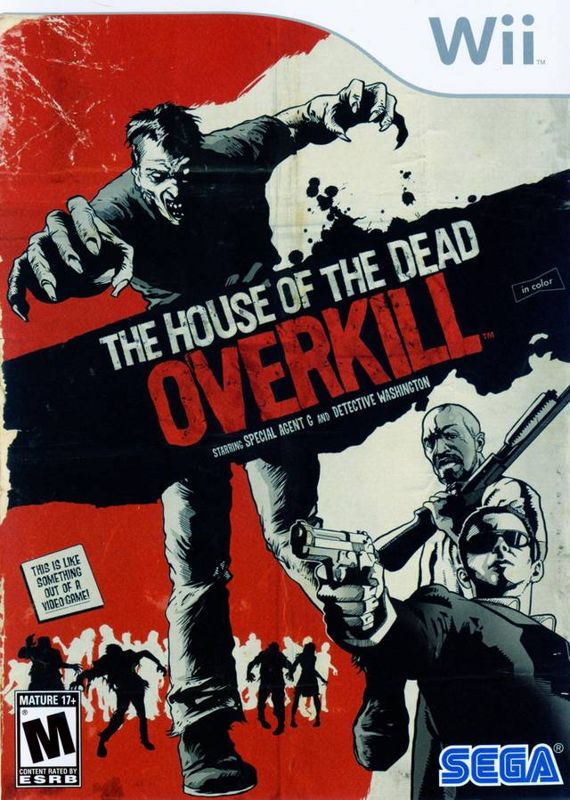
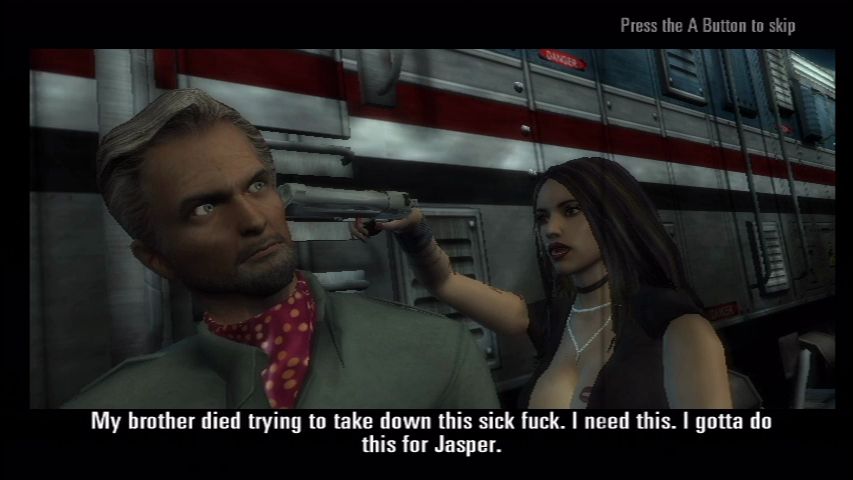
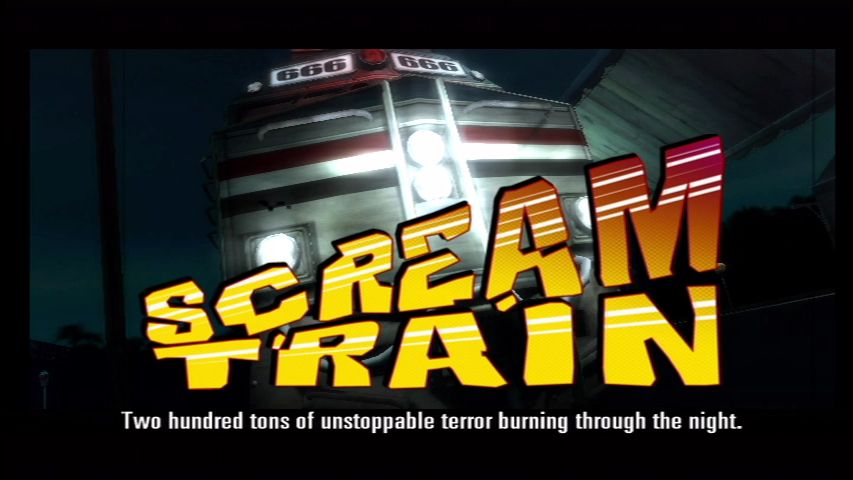
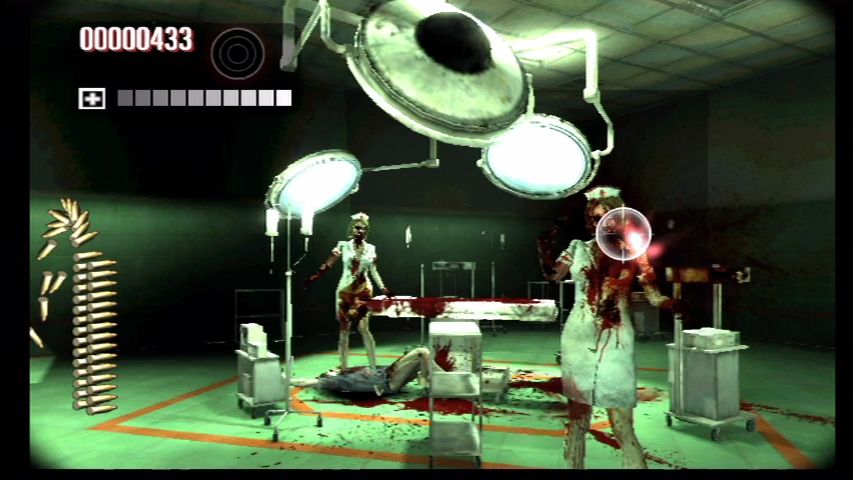
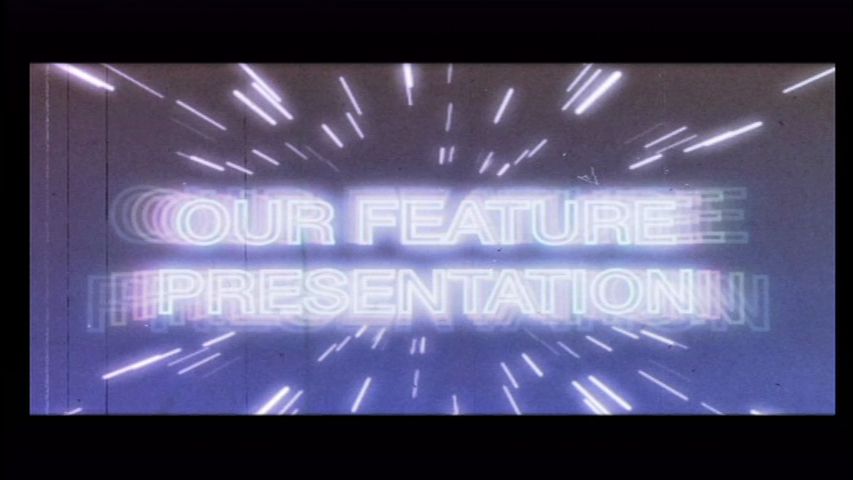
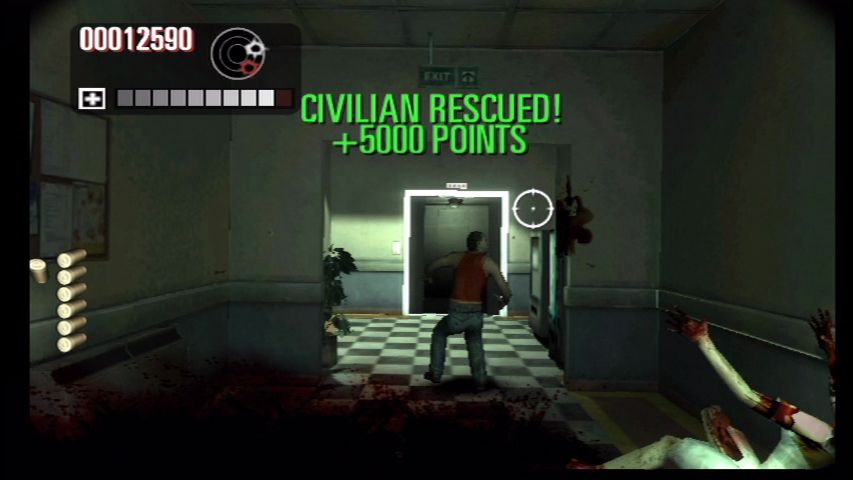
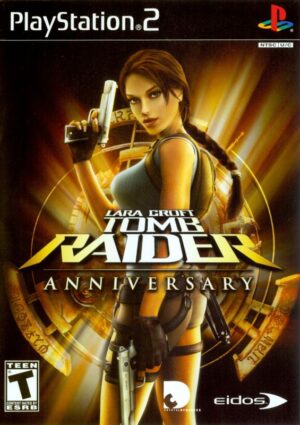
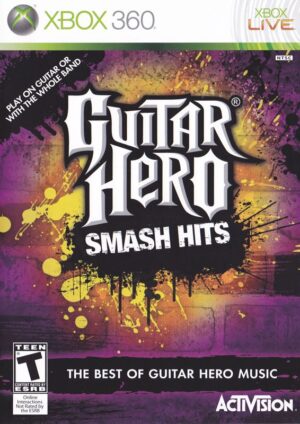

Reviews
There are no reviews yet.